Holly
TPF Noob!
- Joined
- Oct 2, 2005
- Messages
- 1,143
- Reaction score
- 7
- Can others edit my Photos
- Photos OK to edit
I have been playing with my camera for a while and learning new things here and there... Someone recently asked me what my ISO is..
I understand the ISO is the speed.. However, I have NO clue how to get the ISO or how to set etc...
can someone give me more details on how to set an ISO for better photos?
I understand the ISO is the speed.. However, I have NO clue how to get the ISO or how to set etc...
can someone give me more details on how to set an ISO for better photos?


![[No title]](/data/xfmg/thumbnail/42/42397-30faa170de7ed9be38adf00b9b26a220.jpg?1619740167)
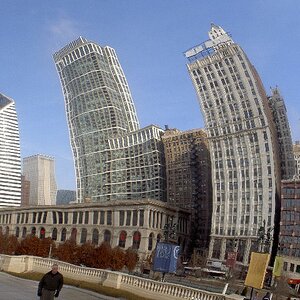
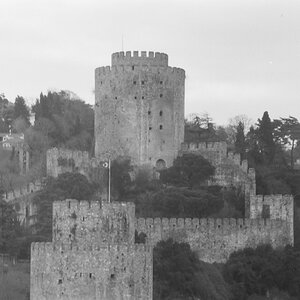
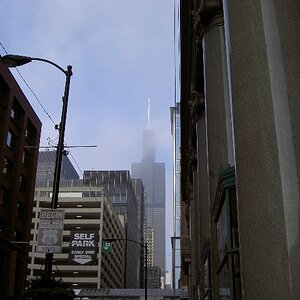


![[No title]](/data/xfmg/thumbnail/41/41759-f0f73c457ebcb6dabcbddc7a3c000487.jpg?1619739884)
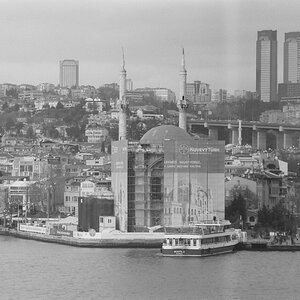


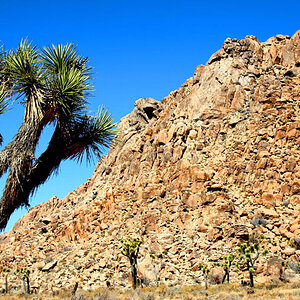
![[No title]](/data/xfmg/thumbnail/42/42457-a2cc06037a1ecaed84b9f0e5366fa8c7.jpg?1619740191)